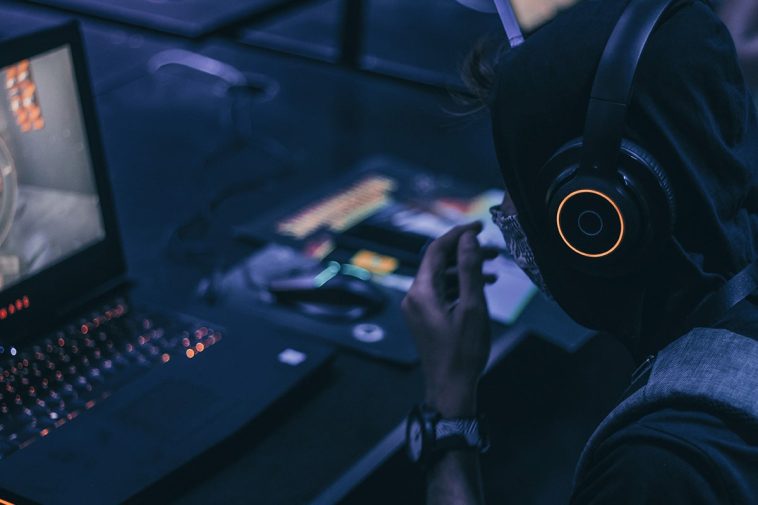Introduction.
Horror games have a unique ability to immerse players in suspenseful and chilling experiences, keeping them on the edge of their seats.
If you have a passion for horror and game development, Unity provides an excellent platform to bring your terrifying visions to life. In this guide, we’ll explore the essential steps and considerations involved in creating a horror game with Unity.
Creating a horror game involves much more than jump scares and eerie atmospheres. It requires careful planning, effective storytelling, and the use of various game development techniques to invoke fear and suspense in players.
Unity, with its powerful features and versatile toolset, offers the ideal environment to craft immersive and spine-chilling experiences.
In this tutorial, we will cover the fundamental elements of horror game development. We’ll start by discussing the importance of concept development and how to create a compelling and engaging horror game concept.
We’ll explore the key components that contribute to a successful horror game, such as atmosphere, sound design, lighting, and environmental storytelling.
How Do I Create a Horror Game with Unity?
Horror games have a unique ability to immerse players in spine-chilling and suspenseful experiences.
If you have a passion for horror and game development, Unity provides a powerful platform to bring your terrifying visions to life.
In this article, we will guide you through the essential steps and considerations involved in creating a horror game with Unity.
1. Concept Development.
Creating a compelling and engaging horror game starts with a strong concept. Consider the themes, atmosphere, and story you want to convey.
Think about the type of horror experience you want to deliver, whether it’s psychological, survival, or supernatural.
Flesh out your ideas, develop intriguing characters and define the central conflict that will drive the gameplay.
2. Atmosphere and Immersion.
The atmosphere is crucial in horror games. Create an unsettling and immersive environment that amplifies the sense of dread.
Utilize Unity’s lighting system to create eerie shadows, flickering lights, and dramatic contrasts. Pay attention to details like fog, weather effects, and environmental props to enhance the atmosphere.
Experiment with post-processing effects and colour grading to achieve the desired mood.
3. Sound Design.
Sound design plays a pivotal role in horror games. Use audio cues, ambient sounds, and carefully timed music to build tension and create jump scares.
Invest in high-quality sound effects and consider implementing dynamic audio systems that respond to the player’s actions. Utilize Unity’s audio features, such as spatial audio, to enhance the immersive experience.
4. Gameplay Mechanics.
Design gameplay mechanics that intensify fear and suspense. Consider incorporating elements like limited resources, strategic decision-making, and puzzle-solving.
Implement stealth mechanics to create a sense of vulnerability and fear of being discovered. Experiment with AI behaviour to make enemies unpredictable and challenging. Balancing difficulty is essential to keep players engaged without becoming frustrated.
5. Level Design.
Craft levels that maximize fear and anticipation. Design environments with tight spaces, labyrinthine layouts, and hidden passages. Use lighting and environmental storytelling to guide players and reveal unsettling details.
Experiment with dynamic-level elements, such as doors that creak open or objects that move mysteriously. Implement scripted events and triggers to surprise and frighten players.
6. Visual Effects.
Leverage Unity’s visual effects capabilities to create horrifying scenes. Utilize particle systems for blood splatters, smoke, or supernatural phenomena. Experiment with shaders to create unique visual distortions or eerie effects.
Unity’s Asset Store offers a wide range of pre-built visual effects packages that can enhance the horror atmosphere.
7. Testing and Iteration.
Regular playtesting is essential to fine-tune the horror experience. Gather feedback from players to assess the effectiveness of scares, pacing, and overall gameplay.
Iterate your design based on the feedback received, making adjustments to ensure the game delivers the desired impact.
8. Optimization and Performance.
To create a smooth and immersive horror experience, optimize your game for performance. Implement techniques like occlusion culling to reduce rendering overhead, use level streaming to manage memory usage efficiently, and optimize asset loading and management.
Strive for a balance between visual quality and performance to maintain a seamless gameplay experience.
Conclusion.
Creating a horror game with Unity allows you to tap into players’ deepest fears and deliver unforgettable experiences.
By focusing on concept development, atmosphere, sound design, gameplay mechanics, level design, visual effects, and optimization, you can craft a truly immersive and terrifying game.
Unity’s versatile toolset and features provide you with the necessary tools to bring your horror game to life.
So, grab your courage, let your creativity flow, and embark on the journey of creating a horror game that will haunt players’ dreams.






GIPHY App Key not set. Please check settings